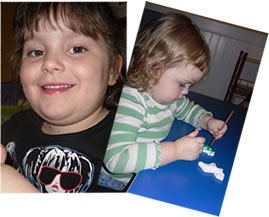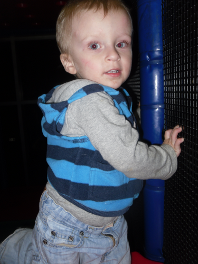
ABA & What Can Children Learn
Applied Behaviour Analysis( ABA) involves the application of positive reinforcement, repetition and prompting to assist in developing language, positive skills and social behaviour as well as reducing social and behaviour difficulties. Study after study has indicated that ABA has been proven to be more effective than any other treatments available. Applied Behaviour Analysis( ABA) programs focus on, but are not limited to, developing the following skills areas:
- Social Pragmatic Skills (eye contact, attending, joint attention, turn-taking)
- Increasing compliance to instruction and decreasing challenging behaviours that interfere with learning.
- Imitation Skills (gross and fine motor, oral motor and verbal imitation)
- Receptive Language (following instructions, tacting / labelling vocabulary development)
- Expressive Language (the functional use of language: tacts / labels, mands/requests, and intraverbals / social use of language)
- Pre-academic Skills (colours, numbers, shapes and letter recognition)
- Academic skills (reading, mathematics and writing)
- Social Skills (peer interaction skills)
- Play Skills (age-appropriate use of play materials and interactive play, shared and joint attention )
- Self-help Skills (washing, toileting, dressing, eating, shoe tying, etc.)
- Incidental Learning (opportunities to acquire new skills without intensive direct instruction)
- School readiness skills
It is important to remember that the speed by which children acquire the individual skills being taught varies greatly. While one child may acquire a new skill after only a few demonstrations, another child may require hundreds of repetitions before the skills is mastered.

Assistive Technology
For children who demonstrate limited potential for speech, Dr. Sherman and I encourage the use of iPads and Assistive Technology with voice output that emulates natural speech. Apps can be used for teaching language / academic skills / behaviour tracking and customized to meet the communication needs of individuals in single words, phrases and complete sentences. Worth noting though, the potential of the iPad is not achieved by the iPad alone, nor by simply placing it in the hands of a child with autism. The potential of the device is realized by the way professionals apply their skills and knowledge to use the iPad to effectively support and shape social development of children. The potential is realized by engaged parents working with us to explore how the device best meets the individual needs of their child.

